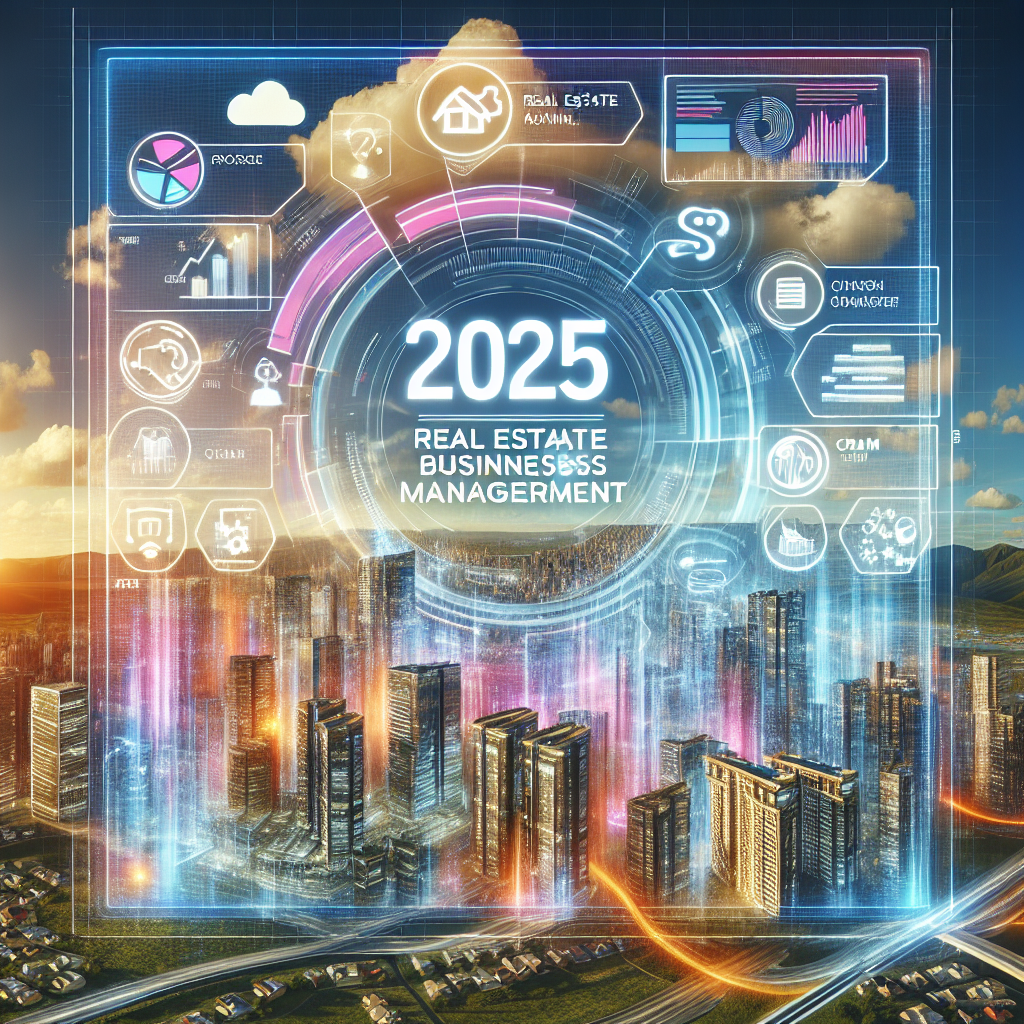The consumer packaged goods (CPG) crm industry faces unprecedented challenges in today’s hyper-competitive marketplace. With rising customer acquisition costs, shifting consumer preferences, and disruption from direct-to-consumer brands, traditional CPG companies must revolutionize their approach to customer relationship management. According to recent data from McKinsey, CPG brands that effectively leverage customer data through advanced CRM systems achieve 25% higher customer retention rates and 1.5x greater revenue growth compared to competitors. This comprehensive guide reveals seven game-changing CPG CRM strategies that industry leaders are implementing to drive growth, build lasting customer relationships, and secure their competitive position in 2025 and beyond.
The Evolution of CRM in the Consumer Packaged Goods Industry: Transforming Data into Customer Value
The consumer packaged goods landscape has undergone a radical transformation in recent years. Once reliant on retailers as intermediaries, leading CPG brands now leverage sophisticated CRM systems to establish direct customer connections. According to Gartner research, 78% of CPG executives consider advanced CRM capabilities “critical” to their future success, up from just 45% in 2020. This shift represents more than a technological upgrade—it’s a fundamental business strategy recalibration.
Early CPG customer relationship efforts focused primarily on basic data collection through loyalty programs. Today’s systems integrate AI-driven analytics, omnichannel engagement capabilities, and real-time personalization engines. The most successful implementations deliver a 360-degree customer view, unifying data from multiple touchpoints:
- In-store purchase history
- E-commerce interactions
- Social media engagement
- Mobile app usage
- Customer service interactions
- Product review submissions
“The CPG brands winning today are those transforming vast quantities of customer data into actionable insights that drive personalized experiences at scale,” notes Jennifer Martinez, Chief Digital Officer at Procter & Gamble. This evolution has reshaped traditional CPG operating models, with 65% of industry leaders establishing dedicated customer experience teams within the past three years.
Key Benefits of Implementing Modern CPG CRM Solutions
Modern CRM platforms deliver transformative capabilities to consumer packaged goods companies seeking deeper customer connections. Research from Forrester reveals that CPG brands with mature CRM implementations experience significant advantages:
- 18% increase in customer lifetime value
- 23% improvement in marketing campaign effectiveness
- 15% reduction in customer acquisition costs
- 29% boost in customer satisfaction scores
- 31% higher product adoption rates for new offerings
These sophisticated systems enable real-time analytics across the customer journey, providing actionable insights that drive innovation and growth. By centralizing customer data, CPG brands can identify emerging trends, anticipate needs, and deliver personalized experiences that build loyalty.
“The most significant competitive advantage in today’s CPG marketplace is the ability to understand and predict customer behavior across channels,” explains Michael Chen, CTO at Unilever Digital Ventures. “Advanced CRM capabilities have become the foundation of our consumer-centric strategy.”
| CRM Capability | Traditional Approach | Modern CPG CRM Approach |
| Data Collection | Basic demographic information | Comprehensive behavioral, contextual, and preference data |
| Customer Segmentation | Broad demographic groups | Micro-segments based on behavior, preferences, and lifetime value |
| Personalization | Generic mass marketing | AI-driven, real-time personalized experiences |
| Channel Strategy | Siloed communications | Seamless omnichannel engagement |
| Analytics | Descriptive reporting | Predictive and prescriptive insights |
| Privacy Management | Basic compliance | Privacy by design with transparent value exchange |
| Measurement | Campaign metrics | Customer lifetime value and relationship health |
Challenges in Implementing Effective CPG CRM Strategies
Despite the clear benefits, CPG companies face significant obstacles when developing robust CRM capabilities. Industry analysis by Deloitte identifies several common challenges:
- Data fragmentation across multiple retail partners
- Limited direct customer touchpoints compared to other industries
- Integration complexities with existing enterprise systems
- Organizational resistance to new customer-centric approaches
- Difficulty measuring ROI for relationship-building initiatives
For many established CPG brands, the transition from product-centric to customer-centric operations requires fundamental organizational changes. According to recent surveys, 72% of CPG executives cite “cultural transformation” as their biggest CRM implementation challenge.
“The technical aspects of CRM implementation are often easier than the organizational change management required,” observes Dr. Sarah Williams, retail technology analyst at MIT. “CPG companies that succeed typically establish cross-functional teams with clear executive sponsorship.”
Leveraging First-Party Data in a Privacy-Focused World
With third-party cookies phasing out and privacy regulations tightening globally, first-party data has become the cornerstone of effective CPG CRM strategies. Industry leaders are implementing creative approaches to build direct consumer relationships and gather valuable first-party data:
- Branded mobile apps with exclusive content and personalized recommendations
- QR codes on packaging linking to interactive experiences
- Value-exchange programs offering benefits for consumer insights
- Direct-to-consumer e-commerce channels providing complete purchase visibility
- Social media communities fostering authentic two-way engagement
“The companies that will thrive are those creating compelling reasons for consumers to share their data directly,” states Robert Johnson, Partner at Bain & Company’s Consumer Products practice. “This requires rethinking product experiences to incorporate digital touchpoints at every stage.”
Recent statistics indicate that 67% of consumers will share personal information with CPG brands if they receive clear value in return. Leading companies are responding with transparent data practices and tangible benefits for participation.
Implementing Omnichannel Experiences for CPG Customers
Today’s consumers expect seamless interactions across physical and digital touchpoints. Successful CPG CRM strategies unify these experiences through coordinated omnichannel approaches. According to Harvard Business Review, customers who engage with brands across multiple channels spend 30% more than single-channel customers.
Effective omnichannel CPG strategies incorporate:
- Consistent messaging and branding across all customer touchpoints
- Synchronized promotional activities between digital and physical channels
- Unified customer profiles accessible across all consumer interactions
- Seamless transition between online research and in-store purchasing
- Integrated loyalty programs spanning digital and physical environments
“The artificial separation between e-commerce and physical retail is disappearing,” explains Lisa Thompson, Global Retail Practice Leader at IBM. “Leading CPG brands are creating unified experiences that follow consumers regardless of where they engage.”
Recent implementations demonstrate the power of this approach. Coca-Cola’s integrated loyalty platform connects vending machines, QR codes, social media, and retail purchases into a single customer experience, driving a 22% increase in engagement and 14% boost in repeat purchases.
Personalization at Scale: The Future of CPG Customer Relationships
Advanced personalization capabilities represent the pinnacle of CPG CRM strategy. Research from Boston Consulting Group demonstrates that brands delivering personalized experiences achieve revenue increases of 6-10%—two to three times faster than companies that don’t.
Modern personalization approaches include:
- AI-powered product recommendations based on purchase history and preferences
- Customized content delivery across email, web, and mobile channels
- Tailored promotional offers aligning with individual customer behavior
- Triggered communications responding to specific customer actions
- Dynamic pricing strategies reflecting individual purchase patterns
“The most sophisticated CPG brands are moving beyond segmentation to true one-to-one personalization,” notes David Wilson, CEO of CRM consultancy Epsilon. “This requires advanced AI capabilities and a test-and-learn culture.”
The results are compelling. PepsiCo’s personalized digital engagement platform achieved 72% higher response rates and 47% increased conversion compared to traditional marketing approaches.
Measuring Success: KPIs for Consumer Packaged Goods CRM
Establishing the right metrics is crucial for evaluating CPG CRM effectiveness. Forward-thinking organizations are shifting from transactional measurements to relationship-based KPIs. A comprehensive measurement framework should include:
- Customer lifetime value (CLV) by segment
- Share of wallet among key customer groups
- Net promoter score (NPS) and customer satisfaction metrics
- Customer retention and churn rate analysis
- Engagement depth across owned channels
- New product adoption among existing customers
- Referral and advocacy measurements
“The most common mistake is focusing exclusively on short-term sales impact,” warns Amanda Garcia, Customer Experience Director at Nestlé. “True CRM value comes from building durable relationships that drive sustainable growth.”
Industry benchmarks suggest that mature CPG CRM programs should target annual improvements of 10-15% in customer retention metrics and 20-25% increases in customer lifetime value.
Building Your CPG CRM Roadmap
Implementing a sophisticated CRM strategy represents a critical competitive advantage for consumer packaged goods companies navigating today’s complex marketplace. The most successful organizations approach this challenge with a clear roadmap:
- Assess your current customer data capabilities and identify critical gaps
- Develop a unified customer data platform integrating all relevant touchpoints
- Implement AI-powered analytics to generate actionable customer insights
- Create personalized engagement strategies across priority segments
- Build measurement frameworks that capture relationship value, not just transactions
- Establish cross-functional teams responsible for customer experience
- Continuously refine your approach based on performance data
The CPG brands that excel in customer relationship management will dominate their categories in the coming years. By investing in advanced CRM capabilities, companies can build direct consumer connections that drive loyalty, increase market share, and accelerate innovation cycles.
Ready to transform your CPG customer relationships? Start by evaluating your current capabilities against industry best practices and developing a comprehensive CRM strategy that aligns with your specific business objectives. The most successful implementations begin with clear executive sponsorship and cross-functional alignment on customer-centric objectives.

